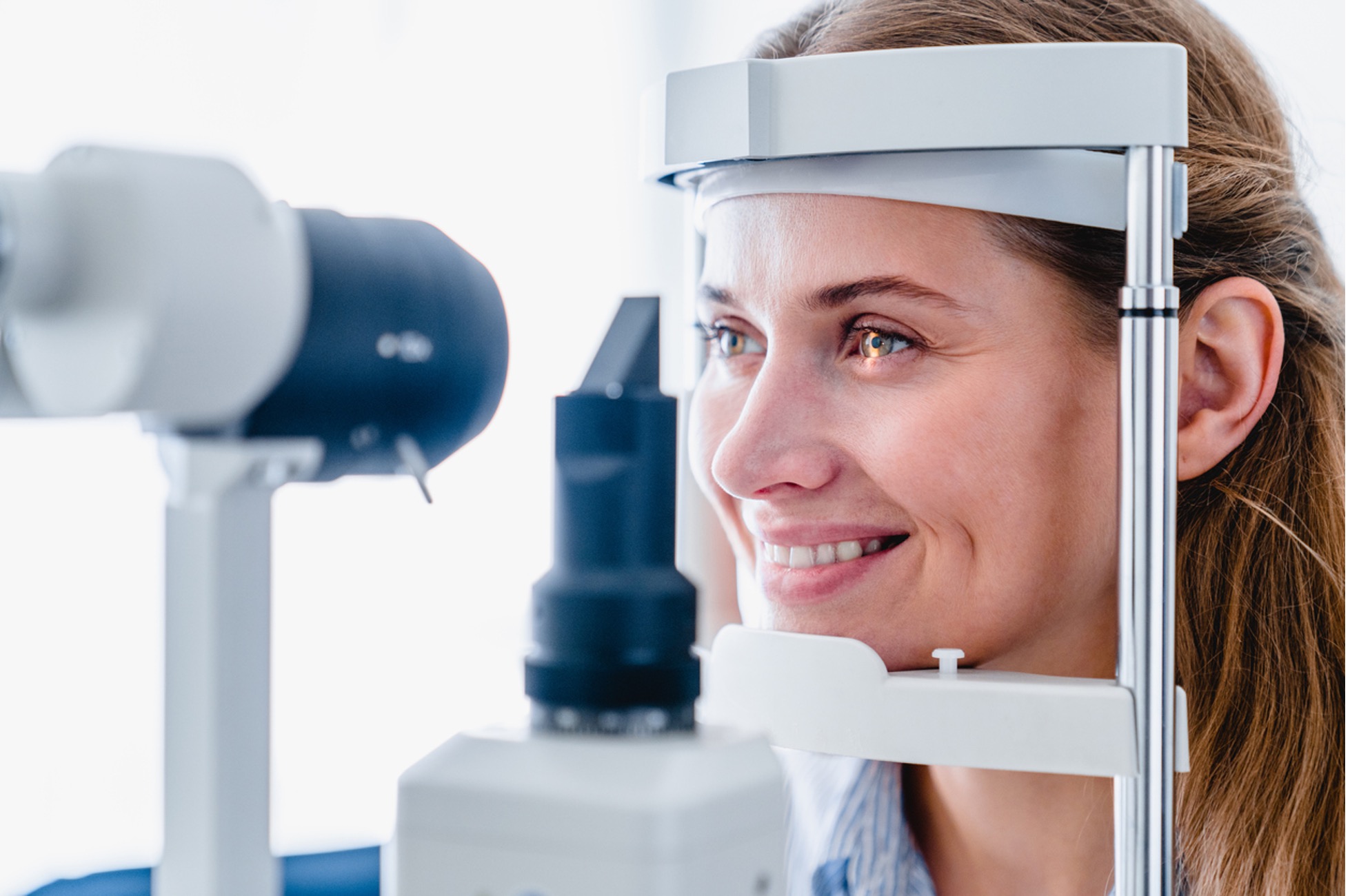Specialized Retina Service Near Me: Top-Notch Eye Care Professionals
Specialized Retina Service Near Me: Top-Notch Eye Care Professionals
Blog Article
The Role of Advanced Diagnostic Devices in Identifying Eye Disorders
In the world of ophthalmology, the utilization of advanced analysis devices has changed the early recognition and administration of various eye disorders. From spotting subtle changes in the optic nerve to monitoring the progression of retinal diseases, these innovations play a pivotal function in improving the accuracy and effectiveness of identifying eye problems. As the demand for precise and timely medical diagnoses proceeds to expand, the integration of cutting-edge tools like optical coherence tomography and aesthetic field screening has come to be crucial in the realm of eye care. The intricate interaction between innovation and ophthalmic practices not only drops light on intricate pathologies but likewise opens up doors to tailored therapy strategies.
Importance of Very Early Diagnosis
Early diagnosis plays an essential duty in the efficient management and therapy of eye disorders. Prompt identification of eye conditions is important as it permits for punctual intervention, possibly stopping more development of the disease and minimizing long-term problems. By spotting eye disorders at a beginning, doctor can provide proper therapy plans tailored to the specific condition, ultimately bring about better outcomes for clients. In addition, very early diagnosis allows clients to accessibility needed assistance solutions and sources earlier, improving their general lifestyle.
Innovation for Finding Glaucoma
Cutting-edge diagnostic technologies play an important role in the very early discovery and surveillance of glaucoma, a leading root cause of irreversible loss of sight worldwide. One such technology is optical comprehensibility tomography (OCT), which offers detailed cross-sectional photos of the retina, enabling the measurement of retinal nerve fiber layer thickness. This dimension is necessary in assessing damage triggered by glaucoma. Another advanced device is aesthetic area testing, which maps the level of sensitivity of an individual's aesthetic field, aiding to detect any type of locations of vision loss characteristic of glaucoma. Additionally, tonometry is used to gauge intraocular stress, a significant risk aspect for glaucoma. This test is crucial as elevated intraocular pressure can result in optic nerve damage. Furthermore, more recent technologies like making use of expert system algorithms in evaluating imaging data are showing appealing results in the early detection of glaucoma. These sophisticated diagnostic devices allow ophthalmologists to detect glaucoma in its very early stages, enabling timely intervention and far better administration of the disease to prevent vision loss.
Duty of Optical Coherence Tomography

OCT's ability to quantify retinal nerve fiber layer density allows for exact and objective dimensions, aiding in the very early discovery of glaucoma even prior to visual field problems emerge. OCT technology permits longitudinal surveillance of architectural changes over time, assisting in individualized therapy plans and timely interventions to help preserve patients' vision. The non-invasive nature of OCT imaging also makes it a recommended selection for checking glaucoma progression, as it can be repeated on a regular basis without triggering discomfort to the person. Generally, OCT plays a vital function in enhancing the analysis accuracy and management of glaucoma, inevitably adding to better outcomes for people in jeopardy of vision loss.
Enhancing Diagnosis With Visual Area Screening
A vital click for more part in extensive sensory analyses, visual area testing plays a critical function in improving the analysis procedure for numerous eye disorders. By evaluating the full level of a patient's visual field, this test supplies important details concerning the functional integrity of the entire visual pathway, from the retina to the aesthetic cortex.
Aesthetic field screening is especially useful in the diagnosis and administration of conditions such as glaucoma, optic nerve disorders, and different neurological illness that can influence vision. With measurable dimensions of peripheral and central vision, medical professionals can find refined modifications that may indicate the visibility or development of these conditions, also prior to visible symptoms take place.
Moreover, aesthetic field screening permits the monitoring of therapy efficiency, aiding eye doctors tailor therapeutic interventions to private people. eyecare near discover this me. By tracking changes in visual area performance over time, medical care suppliers can make enlightened choices regarding changing medications, advising medical interventions, or applying various other appropriate measures to maintain or boost an individual's aesthetic feature
Managing Macular Degeneration

Conclusion
In verdict, advanced analysis tools play a crucial function in identifying eye problems early on. Technologies such as Optical Coherence Tomography and visual area screening have actually greatly boosted the precision and performance of detecting conditions like glaucoma and macular deterioration.
Report this page